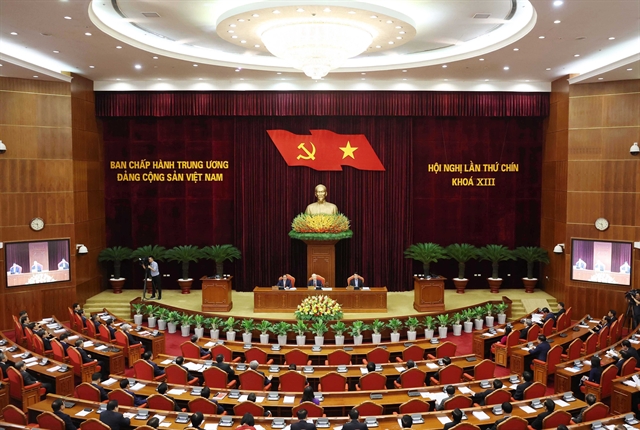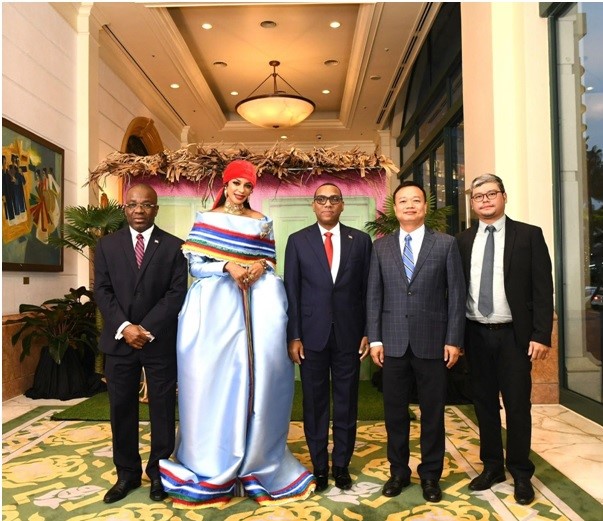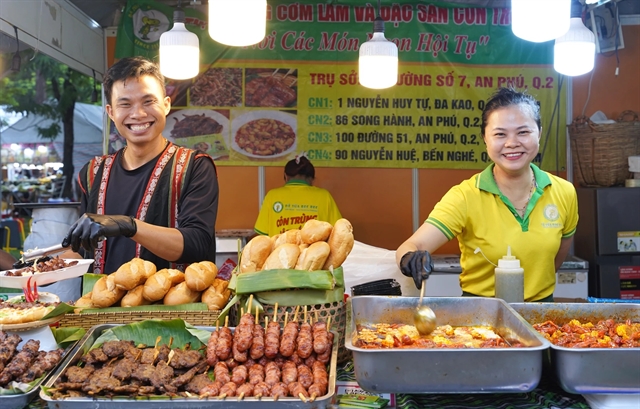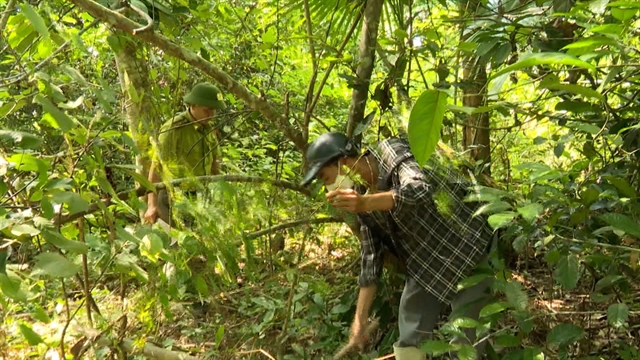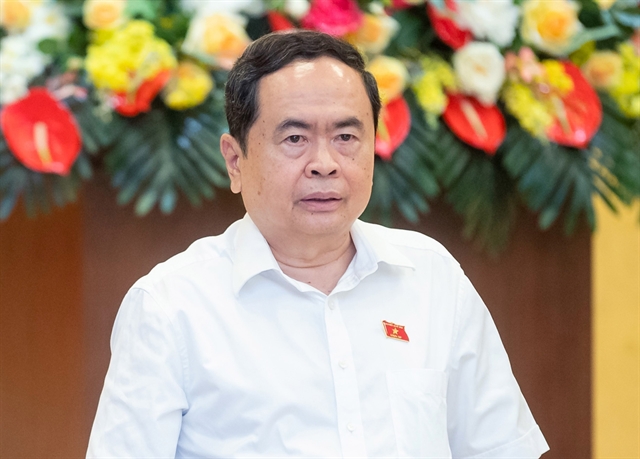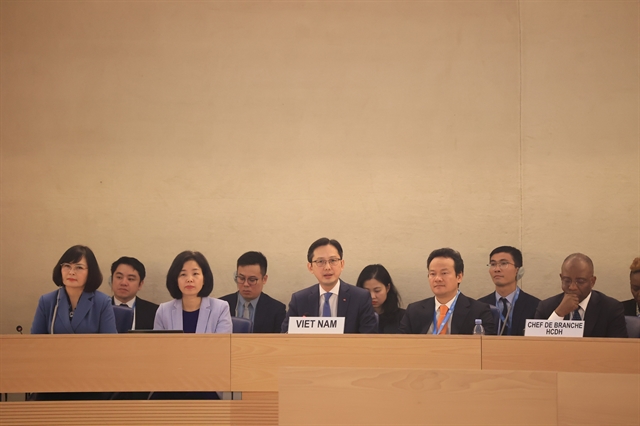 Economy
Economy

Unfair and unreasonable – that’s how seafood exporters have branded a price hike in anti-dumping duty imposed by the United States on frozen fish fillets.
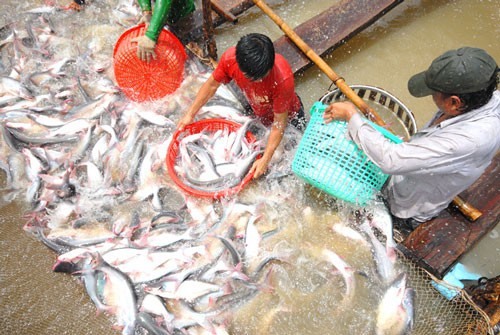 |
| Unfair and unreasonable – that’s how seafood exporters have branded a price hike in anti-dumping duty imposed by the United States on frozen fish fillets.— Photo cafef.vn |
HÀ NỘI — Unfair and unreasonable – that’s how seafood exporters have branded a price hike in anti-dumping duty imposed by the United States on frozen fish fillets.
The levy is made when the country believes the tra fish they are being sent is priced too cheap. But here in Việt Nam, exporters have asked the US Department of Commerce (DOC) to reconsider the decision.
The US imposed anti-dumping duty of US$2.39-7.74 per kilogramme on frozen tra fish fillets which were imported from Việt Nam between August 1, 2015 and July 31, 2016 following its 13th administrative review (POR 13), the Ministry of Industry and Trade (MoIT) said at its press release issued yesterday.
It says the duty rates are very high, creating a great impact on Việt Nam’s exports of tra fillets to the US.
According to the decision, Cado-vimex II Seafoods and Hoàng Long Seafoods are imposed a tax rate of up to US$7.74 per kilogramme.
There are nine Vietnamese enterprises with a separate rate at $3.87 per kilogramme.
Local tra fish exporters said the anti-dumping duty for the two companies at $7.74 per kilogramme is the highest tax rate ever before for Vietnamese tra fillets exported to the US.
The tax rate at $7.74 is 3.2 times higher than that of the US in the preliminary decision of POR13 issued in September 2017 and 9.7 times higher than the rate at POR12.
The ministry has worked closely with the Việt Nam Association of Seafood Exporters and Producers (VASEP) and Vietnamese tra and basa catfish exporters to exchange information and send their opinions to the US relevant authorities.
During the review process, Vietnamese enterprises tried their best to provide information the DOC needed but unfortunately, DOC applied adverse fact available (AFA) to determine the final tax rate.
At the same time, the DOC also changed its investigation practices when imposing very high AFA tax rates to many Vietnamese exporters.
The ministry said the tariff rate is not objective and excessive protection. It proposed the US side to review and adjust the tariff rates for the Vietnamese companies on the principle of objectivity, compliance with WTO rules and fairness for all related parties.
The MoIT will continue to cooperate with relevant ministries, sectors, VASEP and Việt Nam’s catfish exporters, to find solutions for this problem, ensuring the legitimate interests of Vietnamese businesses.
VASEP general secretary Trương Đình Hòe, told Việt Nam News that this is the first time DOC has made complete adjustments lacking legal basis and ignoring the usual rules of making a preliminary decision.
“This decision has showed unfairness and unreasonable for local exporters of frozen catfish fillet exported to the US market,” he said.
DOC has used the AFA tax rate to calculate average rate for companies enjoying separate rate while they provided enough information and date in accordance with DOC’s timelines and requirements, he said.
This was the first time, the local tra fish exporters faced this tax rate, Hòe said.
VASEP is on behalf of Việt Nam’s catfish processing and exporting enterprises to oppose DOC’s unfair decision on tax rate in POR 13.
"We ask DOC to review carefully all the records and data that Vietnamese enterprises have provided as a basis for calculating and having accurate and reasonable tax rates for the companies. They do not have the right to apply AFA to calculate tax rates for the local companies," Hòe said.
The US is a strategic partner of Việt Nam and the bilateral relationship has had remarkable development in recent years to promote free trade of two countries. However, this decision has gone against the process of free trade and affected US-Việt Nam bilateral trade relationship."
The export turnover of tra fish is expected to reach US$2-2.2 billion in 2018, making up 31.5 per cent of the fishery industry’s total export value.
To that end, the domestic tra fish industry would need to breed some 2.2 billion units of tra fish varieties for having an output of more than 1.3 million tonnes of tra fish products, Nguyễn Ngọc Oai, acting General Director of the Directorate of Fisheries said at a conference in the Mekong Delta city of Cần Thơ on March 17.
Oai stressed the need for the sector to improve the quality of tra fish breeding, create a production and processing chain to encourage farmers to team up with catfish processing companies to ensure a balance between supply and demand.
However, tra fish processors stated that they are facing a lack of raw materials, which pushes prices of raw catfish to peak at VNĐ75,000 (US$3.3) per kiogramme, up VNĐ20,000 compared to late last year.
Deputy Director of Truong Giang Seafood Joint Stock Co Ong Hang Van attributed the severe shortage to the significant loss of catfish before the lunar New Year (Tết) holiday due to unfavourable weather conditions.
Van said tra fish farms are lacking high-quality catfish breeds, which negatively affects the quantity of fish during the growing process. He added that his company, together with other processors, is willing to contribute capital to the Aquaculture Research Institute No 2 to produce tra fish breeds that will guarantee strong supplies.
Sharing Van’s view that the quality of breeds remains low, Dương Quốc Nghĩa, President of the Việt Nam Pangasius Association, suggested the State carry out policies to support businesses. Deputy Minister of Agriculture and Rural Development Vũ Văn Tám stressed that it is time for the tra fish sector to tackle the breed issue, with the focus on intensifying inspections over breed producers and management of breed quality.
Within March, the ministry will pass a three-tier tra fish breed project, in which it will work with southern An Giang and Đồng Tháp provinces to build a concentrated breed region in the two provinces, he said. According to a report of the Directorate of Fisheries, the tra fish output hit 1.2 million tonnes in 2017, a year-on-year rise of 5.1 per cent. In the year, export turnover of this kind of fish reached $1.78 billion, up 4.3 per cent against that of the previous year, accounting for 21 per cent of the fishery industry’s total export value. — VNS

